Lithium and LiFePO4 batteries for EVs and solar panels: Comparison of performance, cost, durability, and safety. Data-driven guidance is included.
Lithium-ion and lithium iron oxide (LiFePO4) batteries are among the most widely used rechargeable lithium-ion cells in today's consumer electronics. Although both batteries offer lightweight, high-energy densities for charging portable devices or electric cars, they are different in several ways.
Graphite cathodes are typically used with lithium cobalt or manganese oxides (LiMn2O4) as lithium-ion anodes. It is an organic liquid containing a lithium salt. LiFePO4 cells replace manganese/cobalt with iron-phosphate. The graphite anode is the same.
LiFePO4 provides greater cycle life and safety, even though lithium-ion has a higher energy density. To choose the best battery for your application, you need to be aware of both the positives and negatives associated with each type. This article will look at several metrics that compare LiFePO4 vs. Lithium-ion to find out which battery type is most suitable for specific applications.
Chemistry
Lithium iron phosphate batteries differ from Lithium Ion in the material used for their cathodes. In most cases, positive electrode materials in lithium-ion cells are lithium cobalt, manganese, and cobalt. LiFePO4 cells use LiFePO4 as their cathode.
There are many different materials used for cathodes. These affect the performance, safety, and cost of the battery. LiCoO2 provides higher voltage, and energy density, and can be more unstable. LiFePO4 delivers a low voltage with better stability and security. In LiMn2O4, the goal is to find a compromise between energy, cost, and safety. NMC aims to achieve a similar middle ground when it comes to cost and energy efficiency. Li-ion provides a greater energy density than LiFePO4, while LiFePO4 also offers a better level of safety and cycle lifetime. A key consideration in the comparison of the two battery types is the cathode.

Voltage
Normal lithium-ion cell voltages are around 3.6 volts or 3.7. This voltage exceeds other rechargeable cell chemistries. NiMH battery cells are typically around 1.2 volts. A higher voltage enables lithium-ion rechargeable batteries to be lighter, smaller, and store more energy.
LiFePO4 Batteries have a nominal battery voltage slightly below lithium-ion at either 3.2 volts or 3.3. This voltage, while lower than lithium-ion's nominal value of 3.3 volts per cell is still greater than that provided by NiMH or lead acid batteries (2V/cell). LiFePO4 requires more battery cells for the same voltage than lithium-ion because it has a lower voltage per cell. LiFePO4's other advantages make up for its low voltage.
Energy Density
In comparing LiFePO4 with lithium-ion, energy density is one of the main factors. In terms of energy density, this is how much power can be stored within a single battery.
Lithium Ion Batteries have an energy density that is higher than LiFePO4 batteries. Lithium batteries' energy density ranges between 100-265 watts/kg. LiFePO4 typically has an energy density between 90-120 watts/kg. The lithium-ion has a higher energy density for the volume and weight it occupies.
Different cathode materials are the reason for higher lithium-ion energy density. Lithium-ion battery cathodes can be made out of lithium cobalt or manganese oxides (LiMn2O4). Their layered structure allows them to store more lithium ions in the same cathode. LiFePO4 contains an olivine-like crystal structure, which has less space for lithium.
Lithium-ion cells have about twice as much energy per volume than LiFePO4. Due to this, lithium-ion can be used in mobile devices or electric vehicles that are prone to weighing and consuming a lot of space. LiFePO4 offers a slightly lower energy density, though this could be preferred for stationary energy stores where safety is of greater importance. It is important to weigh the pros and cons of each possible use.
Cycle Life
LiFePO4 cells tend to have a longer cycle life than lithium ions. In terms of cycle life, a battery’s capacity is degraded to a point after several charges and discharges. Normally this happens at around 80%.
LiFePO4 Li-ion battery capacity is typically retained at 80-90% after 2,000-3000 cycles. Lithium-ion batteries, on the other hand, keep around 80% of capacity after 500-1,000 cycling. LiFePO4 always has superior durability, regardless of factors such as depth and temperature.
The key reason for LiFePO4's longer cycle life is its olivine crystalline structure, which is highly stable and resilient to damage during charging/discharging. Lithium-ion is made up of graphite-based anodes, which degrade faster over time. LiFePO4’s high-cycle life is perfect for long-term applications that involve frequent deep cycling.
Safety
LiFePO4 and lithium-ion batteries differ significantly in their safety.
Lithium-ion batteries contain flammable electrolytes. In the event of a damaged battery or an overcharged battery, the electrolyte may catch fire. Some reports have reported lithium-ion laptop and phone batteries catching fire. LiFePO4 cells use a stable electrolyte. Fire or explosion is extremely unlikely even if your battery has been damaged.
Lithium-ion batteries may also suffer thermal runaway, which is when the reactions within them run out of control, due to overheating. This can result in rapid heating or even explosions. LiFePO4 does not have thermal runaway problems and has much improved thermal stability.
LiFePO4 provides a higher degree of overall safety when compared with lithium-ion. LiFePO4 offers a safer option for those applications in which safety is paramount, such as with electric vehicles. LiFePO4 offers a significant advantage because it is more stable and does not have a thermal runaway.
Cost
Lithium Ion Batteries have traditionally been more costly than LiFePO4 Batteries on a kilowatt-hour basis. Lithium batteries have more expensive cathode elements like cobalt and nickel than LiFePO4's iron phosphate.
Costs of lithium-ion cells have decreased dramatically over the past decade thanks to manufacturing improvements and economies of scale. Many of the common cathode materials used in lithium-ion today are lower cost, such as nickel manganese coprolite (NMC), Lithium manganese oxide, or lithium iron chloride (LFP). In terms of cost per kWh, LiFePO4 is now cheaper.
LiFePO4 cost has decreased as well, but not nearly as much as Lithium-ion. LiFePO4 has remained slightly cheaper than Li-ion per kWh for most of the time, though in many cases this price difference is only between 10-20%.
LiFePO4 costs and those of lithium-ion can be very similar for larger production quantities or high-power applications. LiFePO4 is likely to have an advantage on smaller scales. But, in recent years, the gap between cost and performance has decreased significantly.

The Application
Lithium Ion and LiFePO4 are used for similar purposes, but in different situations based on strengths and limitations.
It is common to find lithium-ion in electronics such as mobile phones, tablets, and laptops. Their high energy density can be beneficial. In the aerospace industry, lithium-ion power density can be used for products like rockets and drones. The lithium-ion technology is widely used in electric vehicles to maximize driving range.
LiFePO4 cells, however, are preferred for applications including power tools. LiFePO4 offers stability and security, making it an excellent choice for batteries that need to endure frequent charging cycles. LiFePO4 can be found in many energy storage devices for households, businesses, and the grid because of its longer cycle life.
The conclusion is that lithium-ion works best in small and light applications which require maximum power storage. LiFePO4 can be used for high-performance batteries, which will experience repeated charges and discharges. Both play a part, depending on how the battery is used.
Environmental Impact
Lithium, found in LiFePO4 as well as LithiumIon batteries, can negatively impact the environment if recycled improperly. Nevertheless, there are a few key differences.
As lithium-ion batteries are made up of cobalt (cobalt), nickel, and heavy metals, they can leak into the air if improperly disposed of LiFePO4 has none of the metals. The extraction of lithium and copper for Lithium-ion batteries is causing concern over water pollution. It also has an impact on the local communities. LiFePO4 requires less cobalt.
LiFePO4's thermal and chemical stabilities are higher than those of lithium-ion. As a result, it's less prone to fires and explosions. LiFePO4 offers a higher cycle life. The batteries will not have to be replaced as often. This helps reduce e-waste.
LiFePO4 has a lower content of metal, which simplifies the recycling processes. At the moment, lithium-ion cell batteries do not recycle well. LiFePO4 offers a more environmentally friendly option than other lithium-ion batteries, and it also has fewer safety risks, at every stage of its lifecycle. Recycling is essential with both battery types. You can check some batteries on lanpwr.
LiFePO4 has its advantages, but also disadvantages. Since lithium-ion has a higher energy density and a greater voltage range, it is well-suited to portable electronics as well as electric vehicles that are space- and weight-constrained. LiFePO4 cells, on the other hand, are safer and have a longer cycle life. They contain no toxic material, making them greener. Cost-wise, lithium-ion cells are cheaper upfront. But they might need to be replaced sooner. LiFePO4 has a greater upfront cost than LiFePO4 but is longer lasting, thus balancing the lifetime costs. The lithium-ion technology is likely to be most suitable for many consumer applications if energy density is important. LiFePO4 offers a safer, longer-lasting.

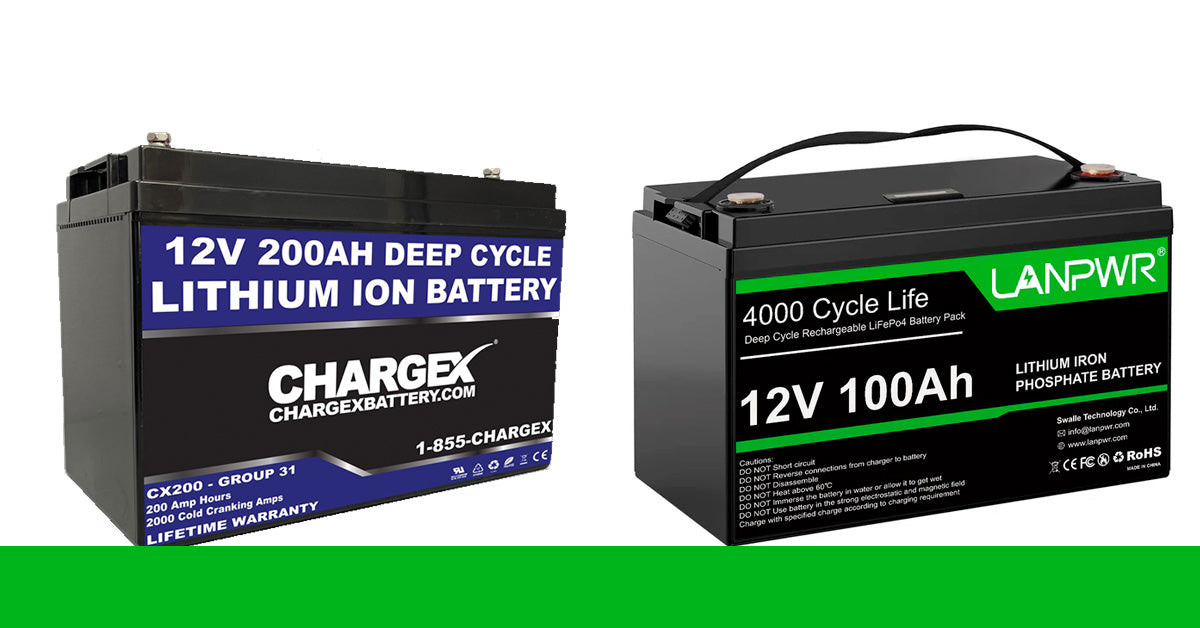

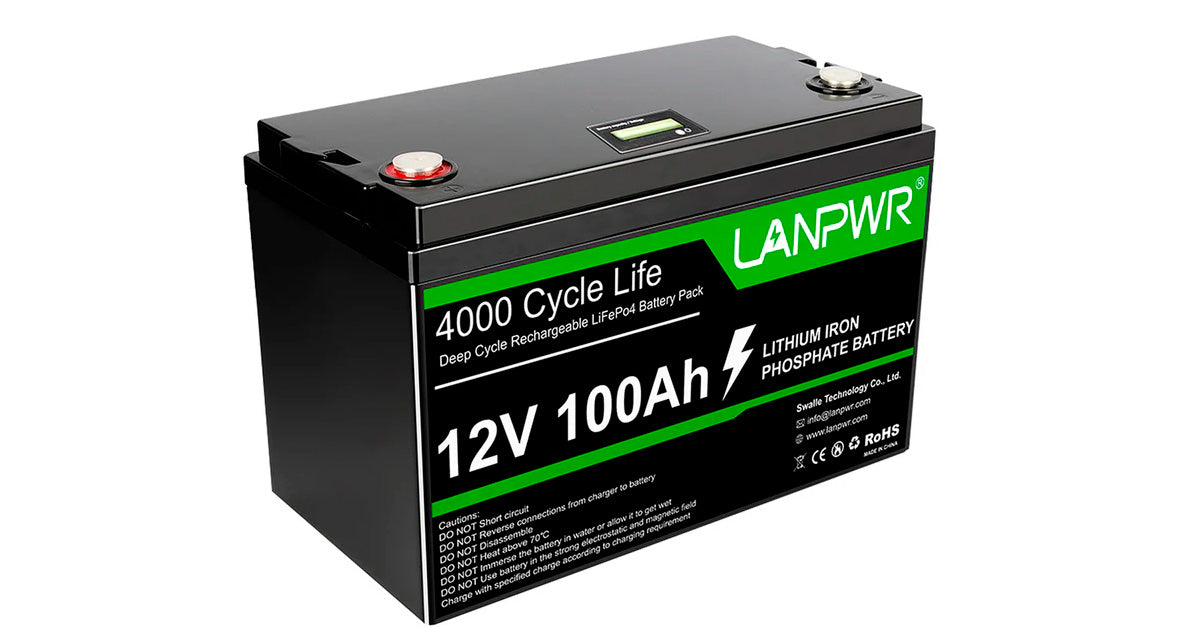






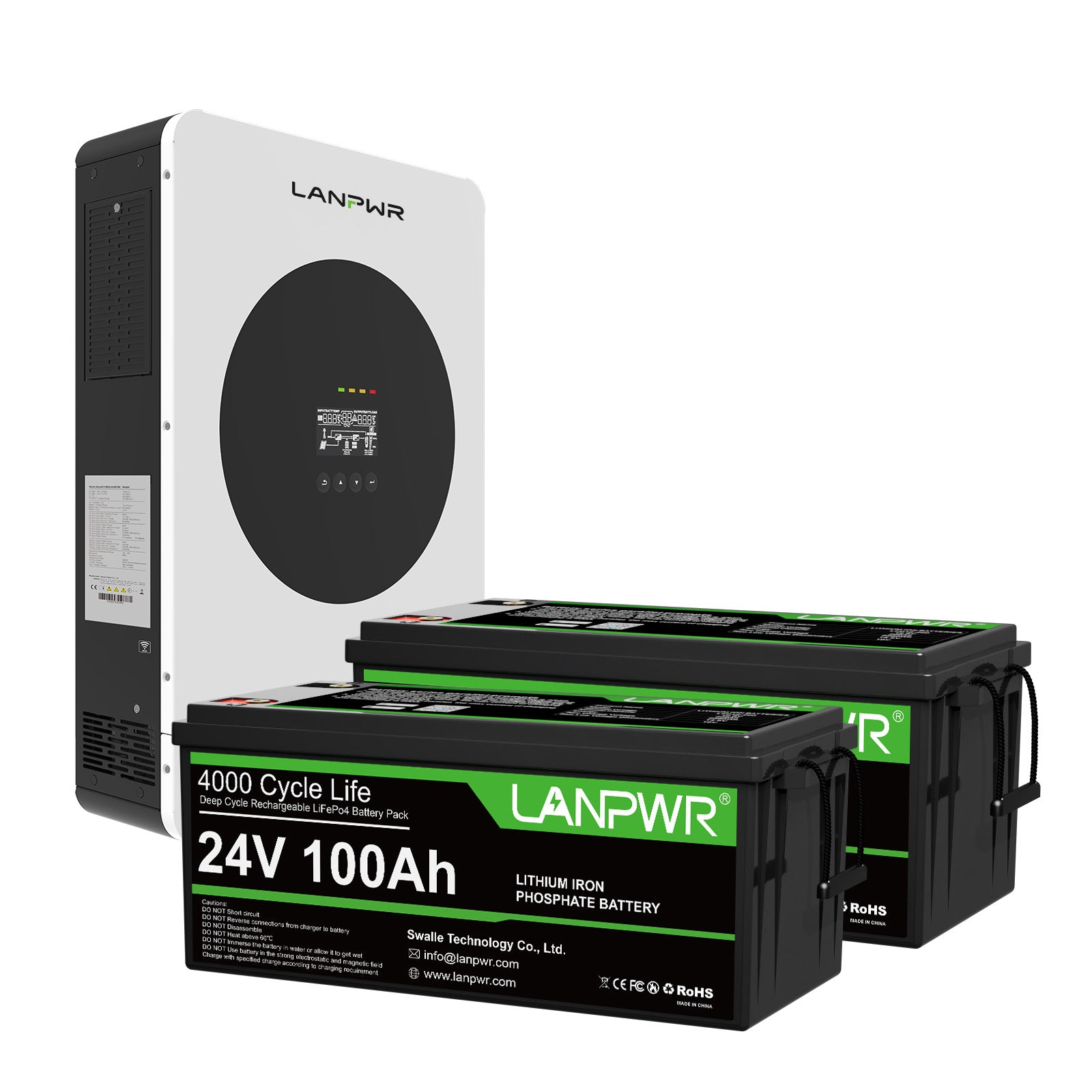
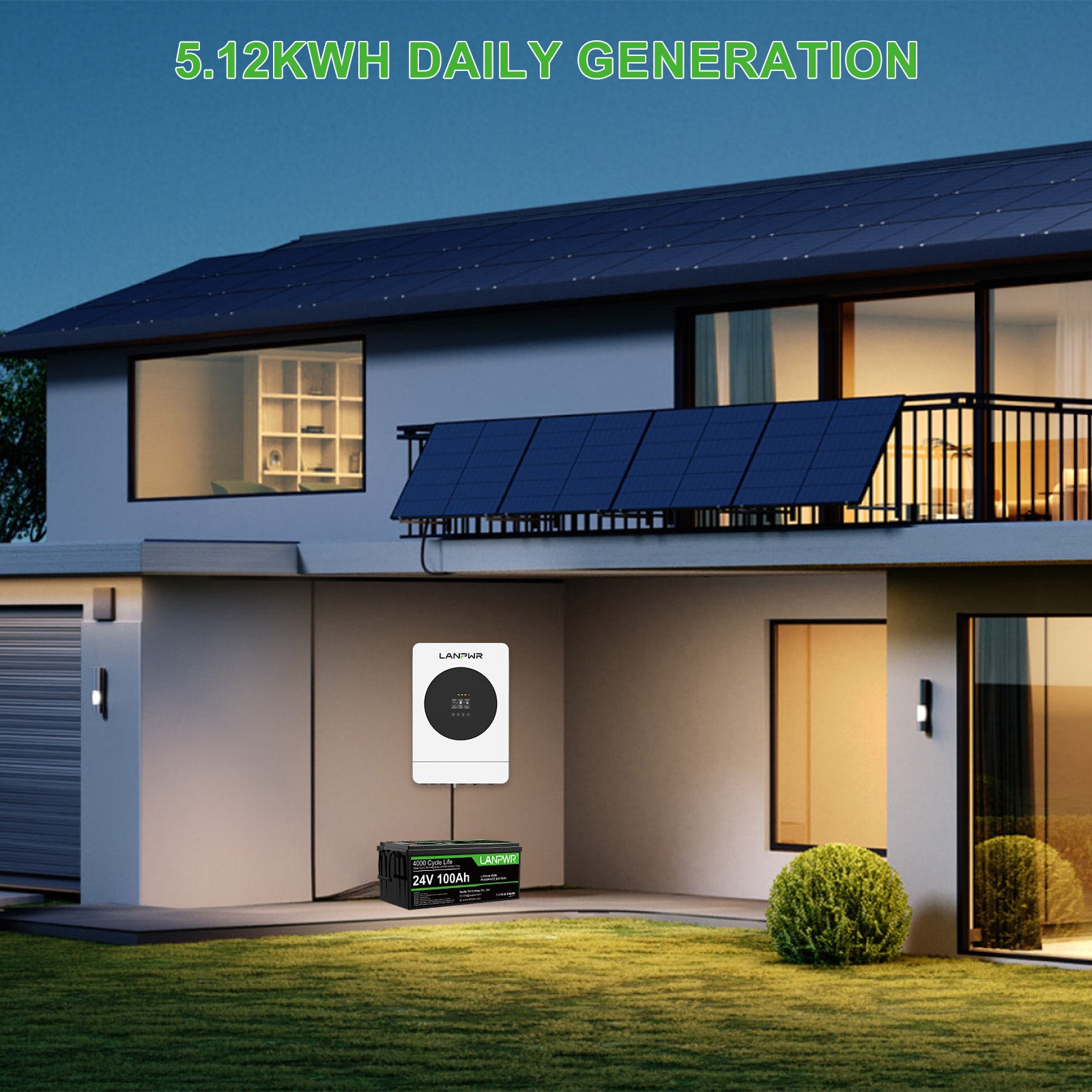

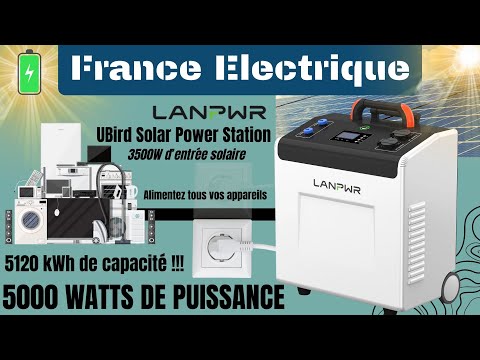
Leave a comment
This site is protected by hCaptcha and the hCaptcha Privacy Policy and Terms of Service apply.